PPT-Chapter 6 Section 1 The Right to Vote
Author : jordyn | Published Date : 2023-06-23
Vocabulary Suffrage the right to vote Franchise the right to vote Electorate all the people entitled to vote in a given election Disenfranchised denied the right
Presentation Embed Code
Download Presentation
Download Presentation The PPT/PDF document "Chapter 6 Section 1 The Right to Vote" is the property of its rightful owner. Permission is granted to download and print the materials on this website for personal, non-commercial use only, and to display it on your personal computer provided you do not modify the materials and that you retain all copyright notices contained in the materials. By downloading content from our website, you accept the terms of this agreement.
Chapter 6 Section 1 The Right to Vote: Transcript
Download Rules Of Document
"Chapter 6 Section 1 The Right to Vote"The content belongs to its owner. You may download and print it for personal use, without modification, and keep all copyright notices. By downloading, you agree to these terms.
Related Documents

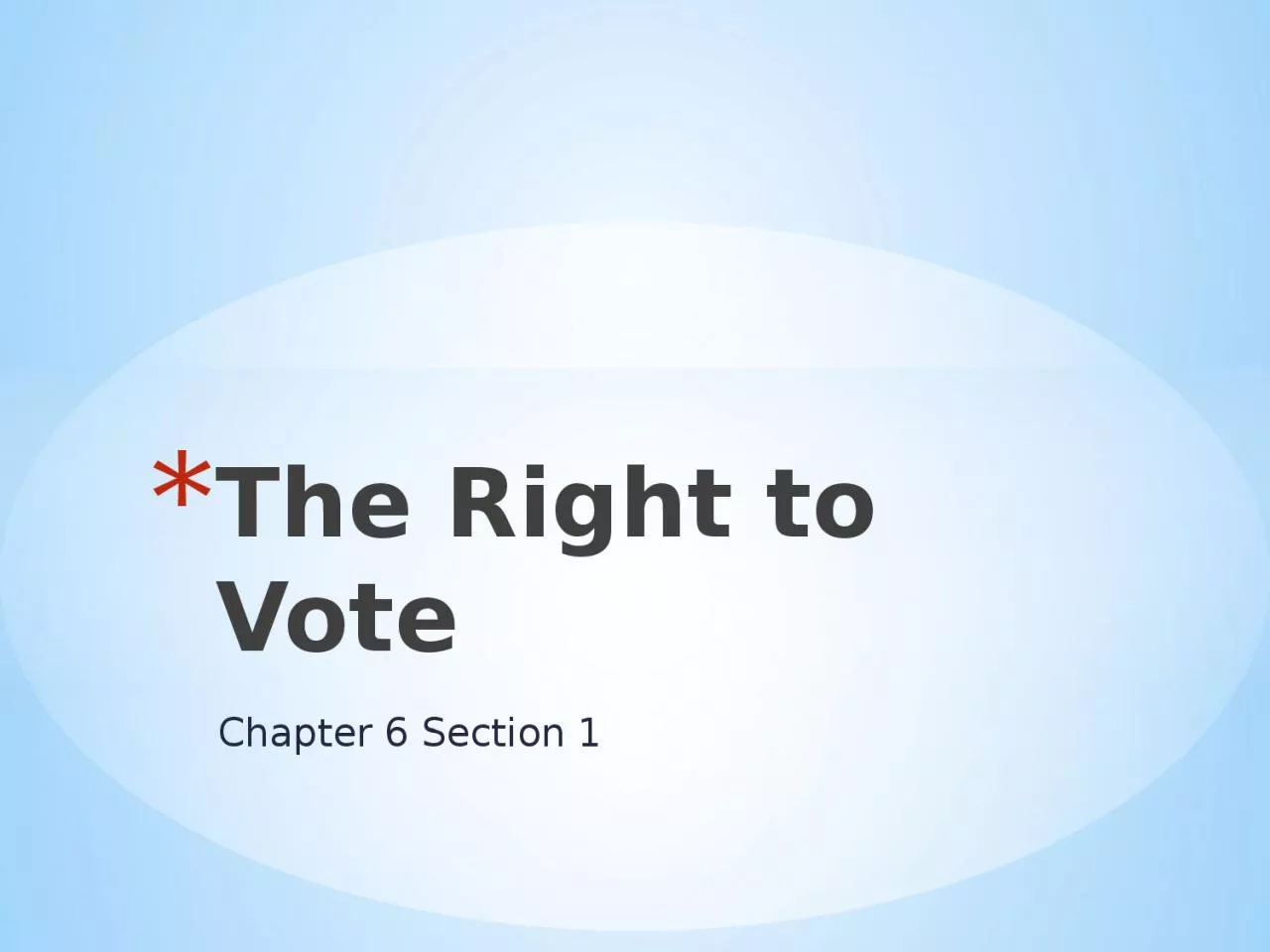


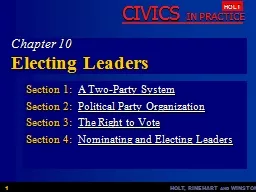
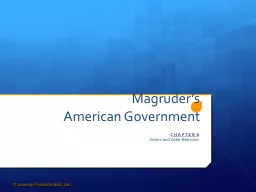
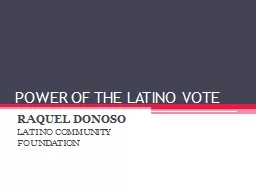

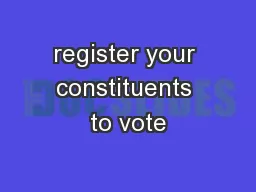
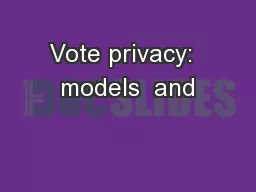
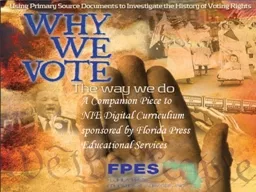
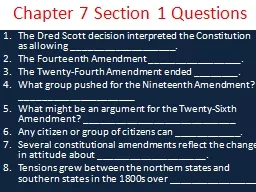
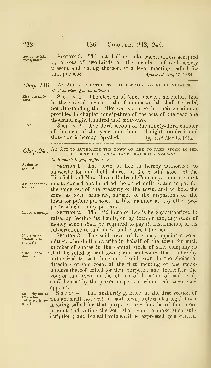
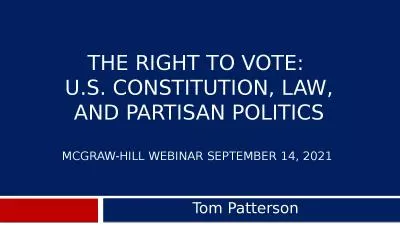
![[PDF READ ONLINE] Starting Off Right in Law School (Starting Off Right Series)](https://thumbs.docslides.com/1020243/pdf-read-online-starting-off-right-in-law-school-starting-off-right-series.jpg)